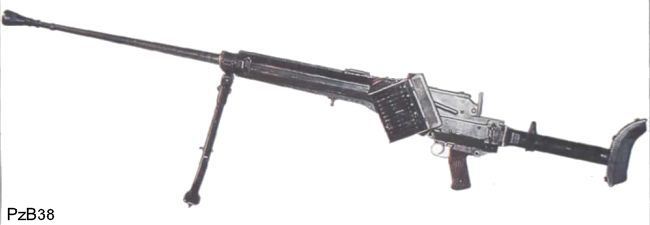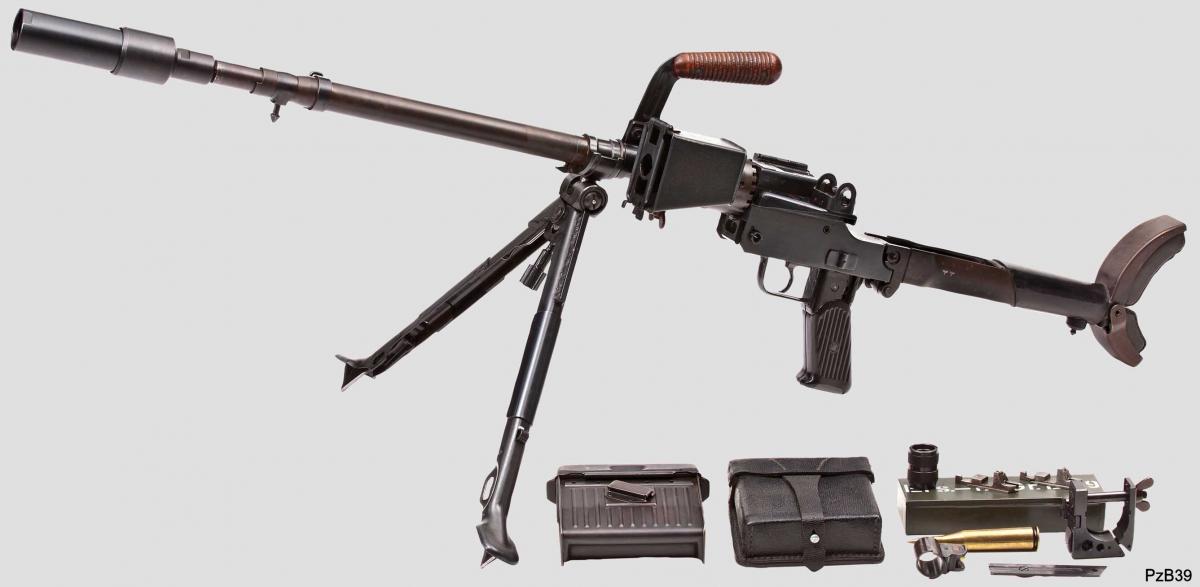With the introduction of tanks during WW1, the need quickly arose for infantry anti-tank weapons. Late in World War 1, Germans introduced the first heavy anti-tank rifle – the 13.35mm Mauser Tank Gewehr Model 1918 based on the 7.92mm Mauser Model 98 rifle. This new rifle was able to penetrate 26mm of armour at 100m and approximately 10mm at 200m. During WW2, the two main anti-tank rifles used by the German Army were the 7.92mm Panzerbüchse (PzB) model 38 by Rheinmetall-Borsig and the Model 39 by Gustloff Werke. It used the newly developed 7.92mm Patrone 318 high-velocity ammunition. The PzB 38 was produced from 1939 to 1940, but the weapon was too complex and expensive to produce and the need arose for a cheaper, easier to use alternative, which lead to the adoption of the PzB 39. The original bullets had a hardened steel core and tiny capsule of tear gas. The idea behind the capsule was that once the bullet entered the armoured vehicle it would disperse and force the crew to leave the vehicle. It didn’t work as only the core penetrated and capsule was left outside. PzB 38 and 39 were able to penetrate 25mm of armour at 60 degrees at 300m and 30mm at 100m. Following the rapid development in tank armor during the war, it quickly became well beyond the capabilities of the PzB-39 and many of these rifles were converted to grenade launchers by cutting the barrels down and installing cup-type muzzle launchers.


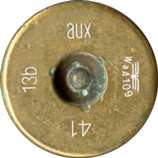

Aux = Polte A.G., Armaturen-u. Maschinenfabriken, Werk Magdeburg, Sachsen-Anhalt
Army Weapon Department (WaA) WaA109 = Polte AG, Armaturen-u. Maschinenfabrik, Poltestraße 65-91, Werk Magdeburg, Sachsen-Anhalt
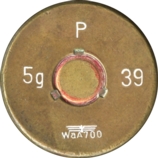

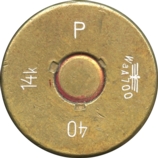

P = Polte A.G., Armaturen-u. Maschinenfabriken, Werk Magdeburg, Sachsen-Anhalt
Army Weapon Department WaA700 = Polte Armaturen-u. Maschinenfabrik AG, Werk Magdeburg, Sachsen
